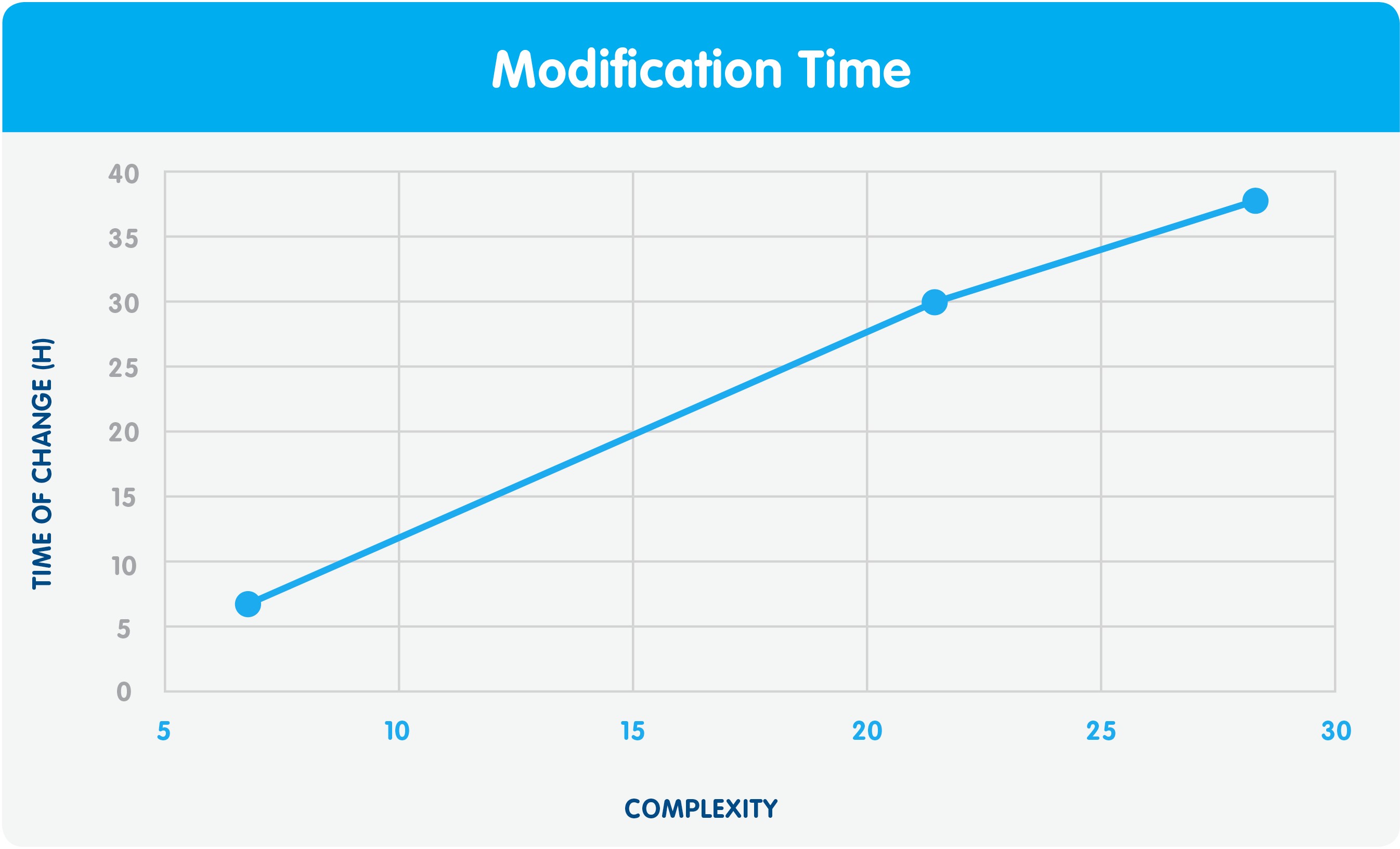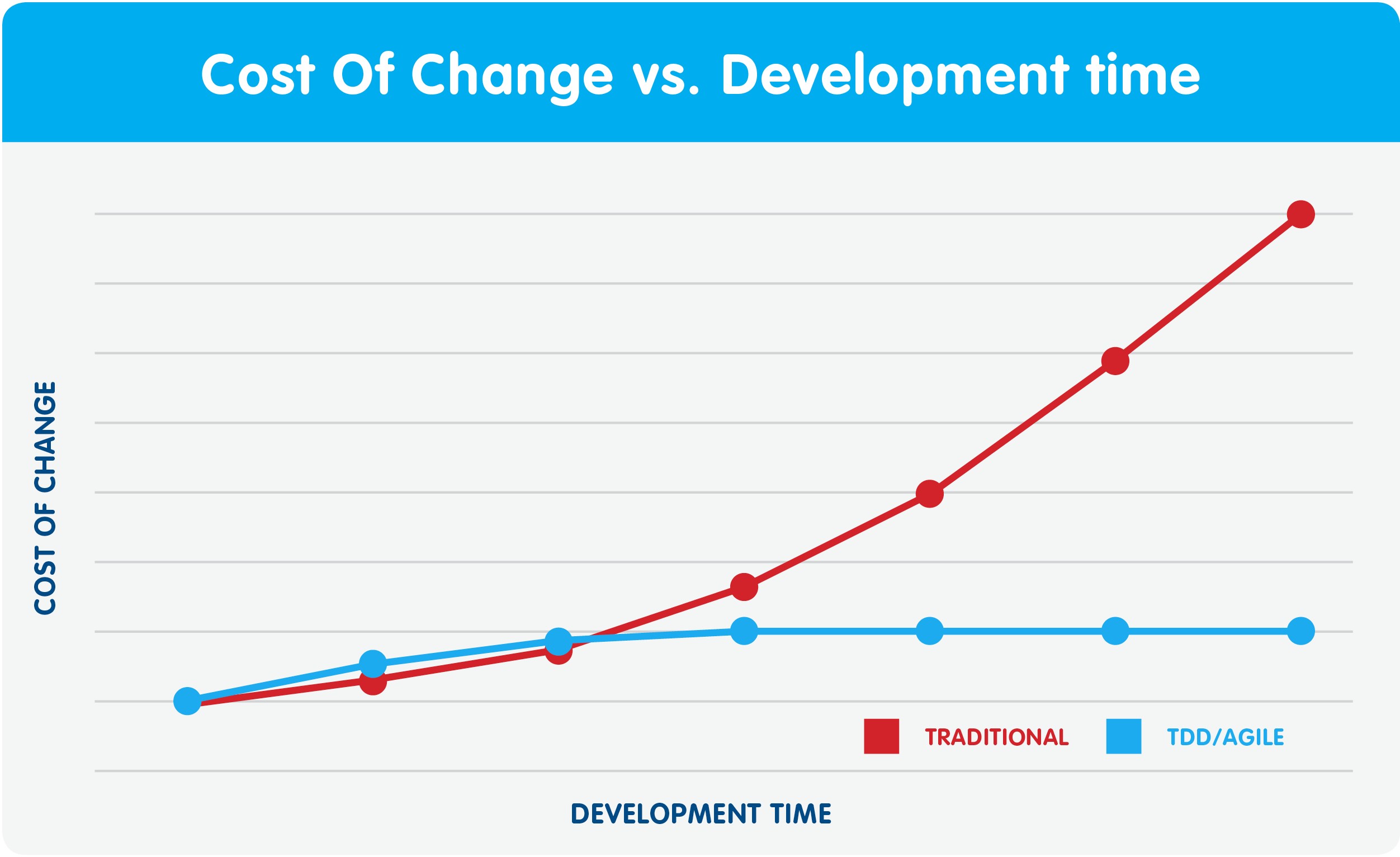 Riccardo Viviani - 25 julio, 2019 - 8 ’ read
Riccardo Viviani - 25 julio, 2019 - 8 ’ readTDD: why I decided that debugging wasn’t worth my time.
Every tech company should write tests when they build software or apps. Yes, it takes time, and yes, it's hard at first, but well-written tests may be your one and only parachute when you're falling into the tangle of bugs. This is my goal today: give you a useful example to help you spend all the time you wasted on debugging in a different (and probably much funnier) way.
How much time do you spend debugging your code?
TDD: real-life usage example.





Wrapping up.
We’ll be happy to test your curiosity.
#stayimagicle
También podría interesarle...
-
Products BlogCloud or Dedicated Cloud. What’s best?Cloud or Dedicated Cloud. What’s best?You're migrating to the Cloud and you need to choose between a public or private instance? This article will help you.
-
Release BlogWebex Single Sign-On for Imagicle apps. Simplified access, increased security.Webex Single Sign-On for Imagicle apps. Simplified access, increased security.With Spring '22, all Imagicle apps will be accessible through Webex's Single Sign-On. Find out how this make your life easier.
-
Products BlogImagicle Attendant Console for Webex Calling: the operator console that was missing.Imagicle Attendant Console for Webex Calling: the operator console that was missing.Discover a new native integration. Attendant Console is fully compatible with all Cisco platforms!



0 comentarios